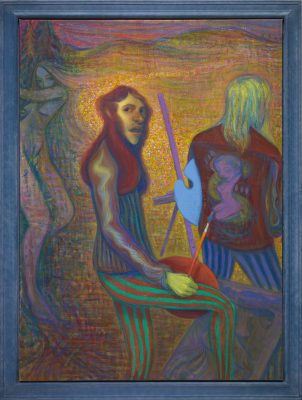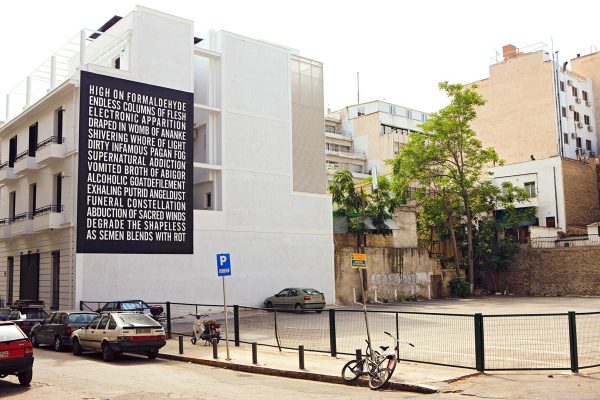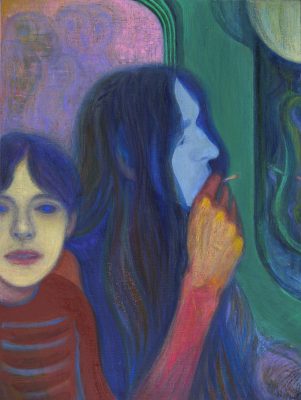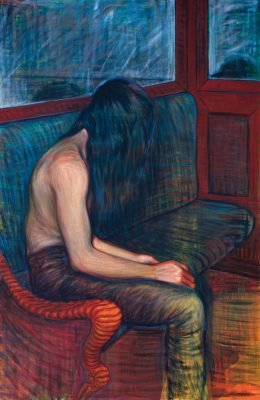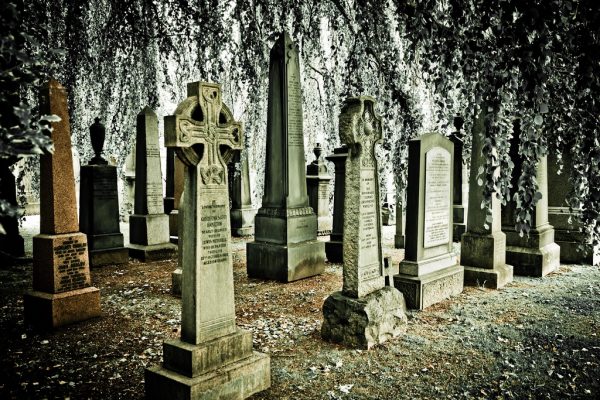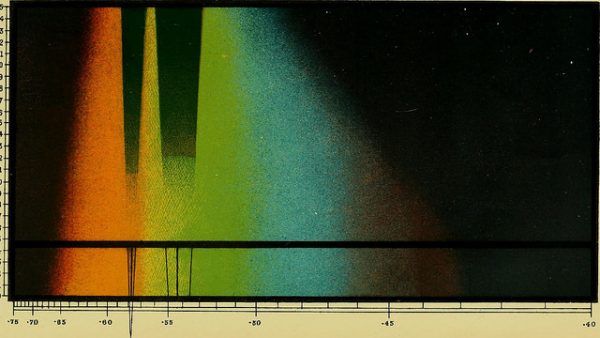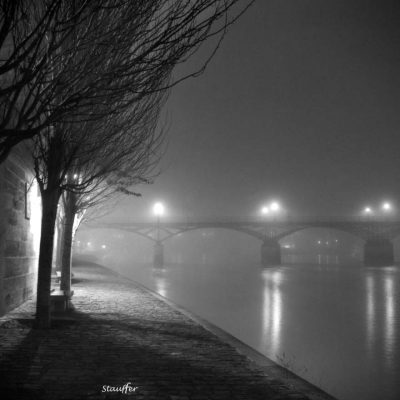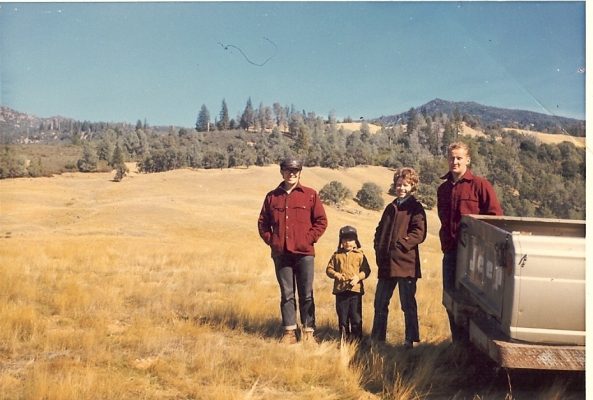Canada’s representative at the 54th Venice Beinnale is Steven Shearer, a soft-spoken and mild-mannered Vancouver-based artist whose work delves deep into the seldom excavated, often explosive interior lives of teenaged boys.
Garage bands, long hair and grunge style are of particular interest to Shearer because they are emblematic of his suburban youth. It’s a subculture defined by anger and rebellion, as Shearer’s series of Poems attest to. These graphic, black and white text works are mash-ups inspired by the grotesque lyrics of heavy metal songs. The dramatic, billboard-sized Poem installed outside the Canada pavilion begins: “triumphant secretions / sculpted in foul mist / dehydrated spectral birth / at war with false metal…” Shearer’s obvious reverence for the rude and vulgar language of metal music draws attention to its poetry, and in turn speaks to the entire aim of Shearer’s project, which is to reveal the insecurities and vulnerabilities behind the walls erected by adolescents. The pavilion’s interior showcases Shearer’s soft centre. The paintings and delicate drawings of Longhairs (2004) and other subjects are unexpectedly beautiful, executed with a careful hand in eerie and unnatural jewel tones. It’s almost disorienting to see figurative painting at the Biennale, which tends towards immersive installation, spectacle and fanfare.
I was lucky enough to catch a quiet moment with Shearer at the end of the Biennale’s first preview day. We sat together behind the Canada Pavilion, close to the ground on the edge of a pallet stacked with magazines featuring the artist’s Self Portrait with Black Eye (2009) on its cover. Chatting casually in the dirt, I felt a kinship with Shearer, who cares little for the pomp and circumstance of the Biennale, and who only makes art that comes naturally to him, like a kid sketching elaborate daydreams in a notebook.
